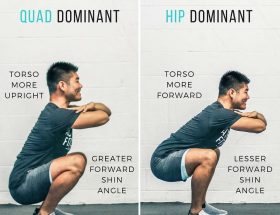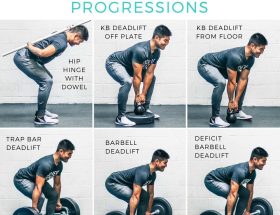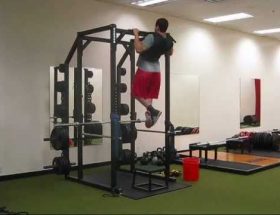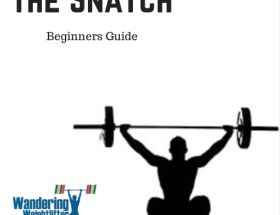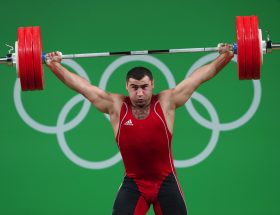The bench press is a popular exercise that targets the muscles of the chest, shoulders, and triceps. It is an effective compound movement that helps increase upper body strength. While the traditional bench press is a great exercise, incorporating different variations into your training routine can help target different muscle groups and add variety to your workouts. In this article, we will discuss some of the best bench press variations for strength gains.
1. Incline Bench Press
The incline bench press is performed on an inclined bench with the backrest set at an angle between 30 to 45 degrees. This variation primarily targets the upper chest muscles, shoulders, and triceps. By adjusting the bench angle, you can emphasize different portions of the chest. The incline bench press helps develop a well-rounded chest and enhances overall upper body strength.
2. Decline Bench Press
The decline bench press is the opposite of the incline bench press. It is performed on a decline bench with the legs situated higher than the head. This variation shifts the emphasis to the lower chest muscles, triceps, and shoulders. The decline bench press promotes a greater activation of the lower pectoral muscles and is beneficial for individuals looking to develop their lower chest strength.
3. Close-Grip Bench Press
The close-grip bench press involves placing your hands closer together on the barbell, typically shoulder-width apart or narrower. This variation places more emphasis on the triceps while still engaging the chest and shoulders. The close-grip bench press is an excellent exercise to target the triceps and improve your lockout strength in the regular bench press.
4. Dumbbell Bench Press
The dumbbell bench press is a great variation that allows for a greater range of motion compared to the barbell bench press. It engages more stabilizer muscles and helps address any muscle imbalances. By using dumbbells, each arm works independently, ensuring that both sides of your chest are developing evenly. It also allows for a natural movement pattern, reducing the strain on your shoulders.
5. Floor Press
The floor press is performed by lying flat on your back and pressing the barbell while keeping your elbows on the floor. This variation limits the range of motion, focusing on the triceps and chest. The floor press is beneficial for improving lockout strength, explosion, and overall pressing power. It is an excellent option for individuals with shoulder issues as it reduces strain on the shoulder joint.
6. Board Press
The board press involves placing wooden boards or special bench press boards on your chest before pressing the barbell. These boards limit the range of motion, allowing you to overload the muscles and work through sticking points. Board presses are used to target specific ranges of motion and are particularly effective for individuals struggling to lock out heavy weights at the top portion of the bench press.
7. Reverse Band Bench Press
The reverse band bench press uses elastic bands attached to the barbell and the top of the power rack. As you lower the bar, the tension from the bands reduces, providing assistance. This variation allows you to handle more weight at the top portion, where the exercise is typically the hardest. The reverse band bench press is an effective method for improving strength and power.
Conclusion
Adding variety to your training routine with different bench press variations can help target specific muscle groups, enhance overall strength gains, and break plateaus. Incorporating exercises like the incline bench press, decline bench press, close-grip bench press, dumbbell bench press, floor press, board press, and reverse band bench press can provide you with a well-rounded training approach. Remember to always use proper form, gradually increase weights, and listen to your body to prevent injuries. So, whether you are a seasoned lifter or just starting, give these bench press variations a try and witness the improvements in your strength and physique.

